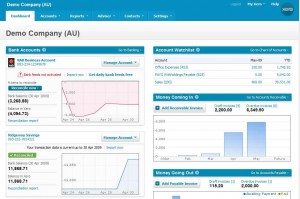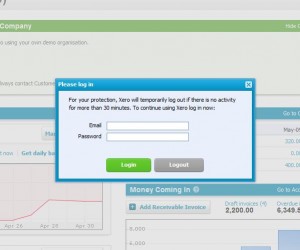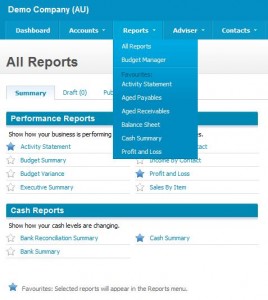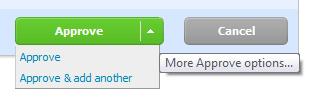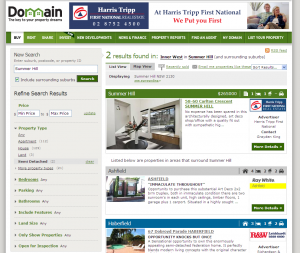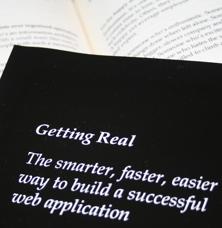 I was looking for good Product Management reading material, and was referred by a friend to the book “Getting Real” by 37Signals.
I was looking for good Product Management reading material, and was referred by a friend to the book “Getting Real” by 37Signals.
What did I like?
This book gets straight to the point, there is no bullshit whatsoever and it makes no apologies for that. Equally there is no room for bullshit in the product; decide a goal, keep the budgets tight, keep the team tighter, listen to the customer (at least when they bang down the door) and just execute the hell out of what you are doing.
This book is a reminder that building a product is not just about technically executing. Many usability, sales, HR and marketing issues must be addressed to deliver a successful, well-rounded product. You need to reflect this well-rounded nature too, everyone should take support calls, think of usability, write blog posts etc.
What didn’t I like?
There are however some minor things I don’t agree with. I think exit surveys are valuable, there should be a formal suggestion gathering and prioritisation process and there is a limit to how much information you should place online. If you have a mass appeal, generic app then I think these rules are a little different to someone developing a niche app for a specific market. Apart from these few items, I was nodding the whole way through the book.
Conclusion
This book embodies the entrepreneurial spirit of today’s web app developers. Put your heart into the app, and then put your app out for everyone to see. If you are a motivated person who wants to focus your vision and energy, then this book is for you.

